The week is dedicated to the Tesla Cybertruck. Tesla has announced that customer deliveries are set to commence on Thursday, November 30. I visited a Tesla store in Manhattan on Tuesday to have a close-up view of this highly anticipated pickup. While it didn’t have the rough appearance of previous prototypes seen on the roads and at auto shows, this Cybertruck exhibited a few peculiarities—as well as some interesting design decisions. However, to its admirers, it meets expectations.
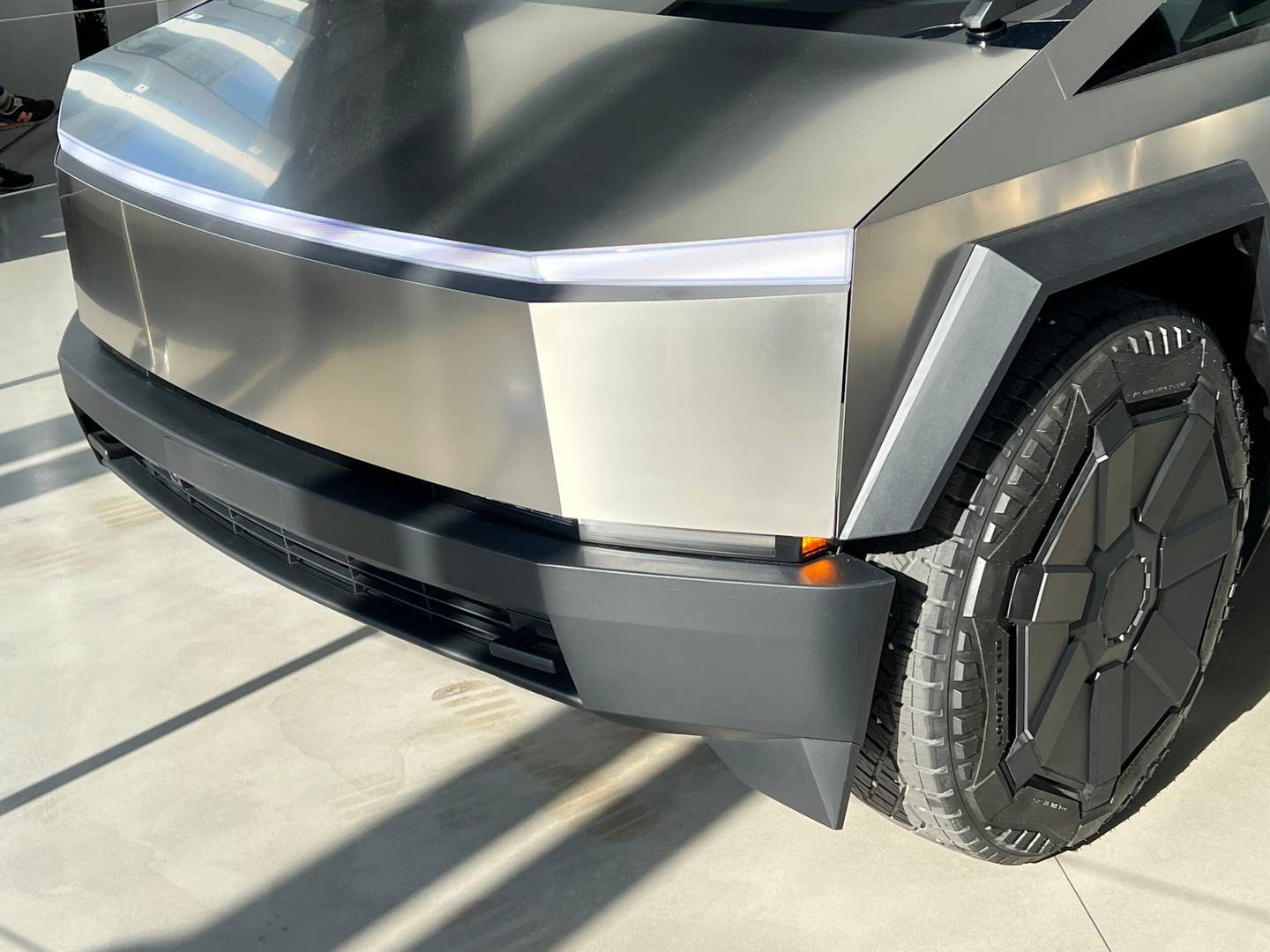
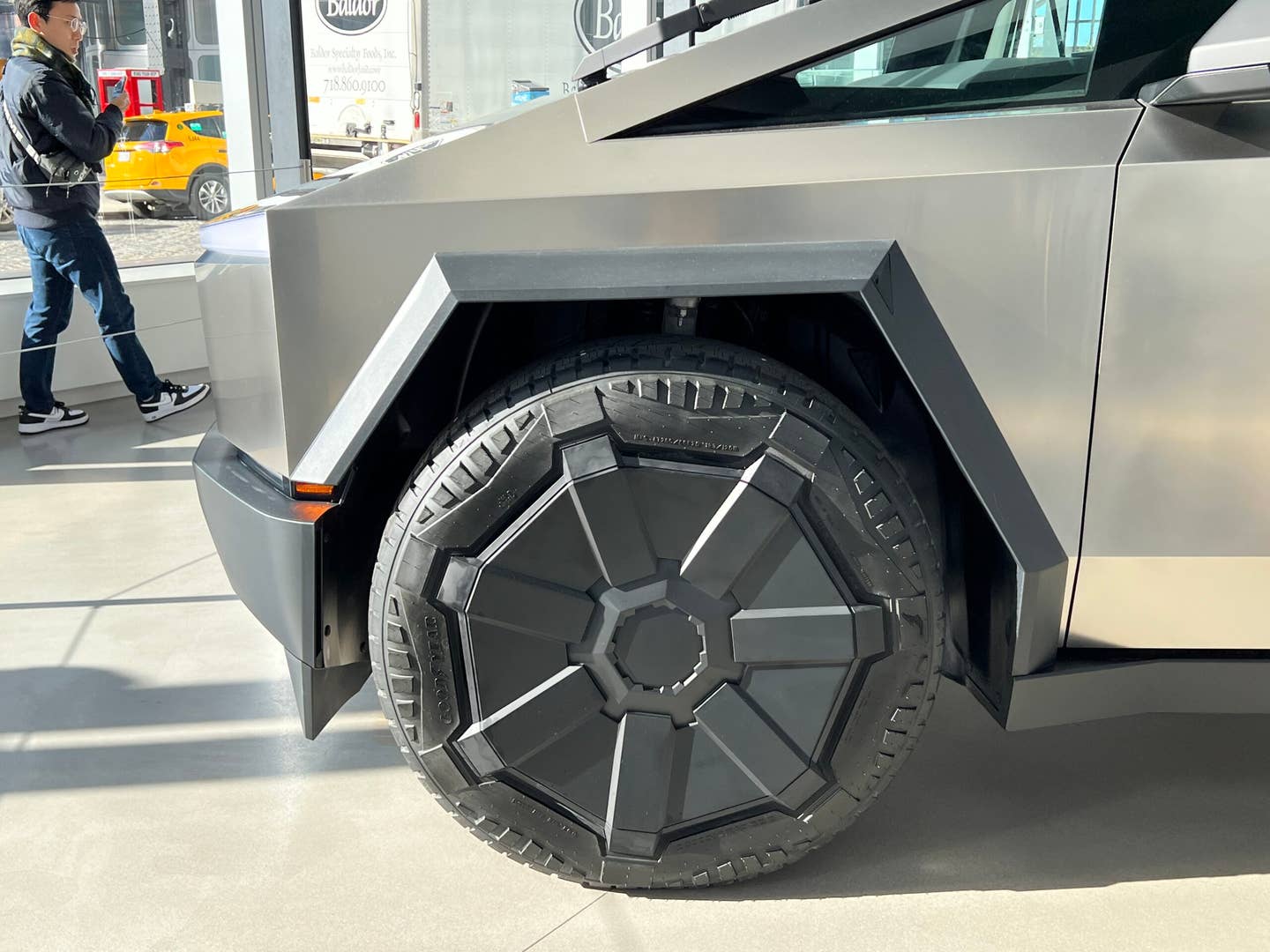
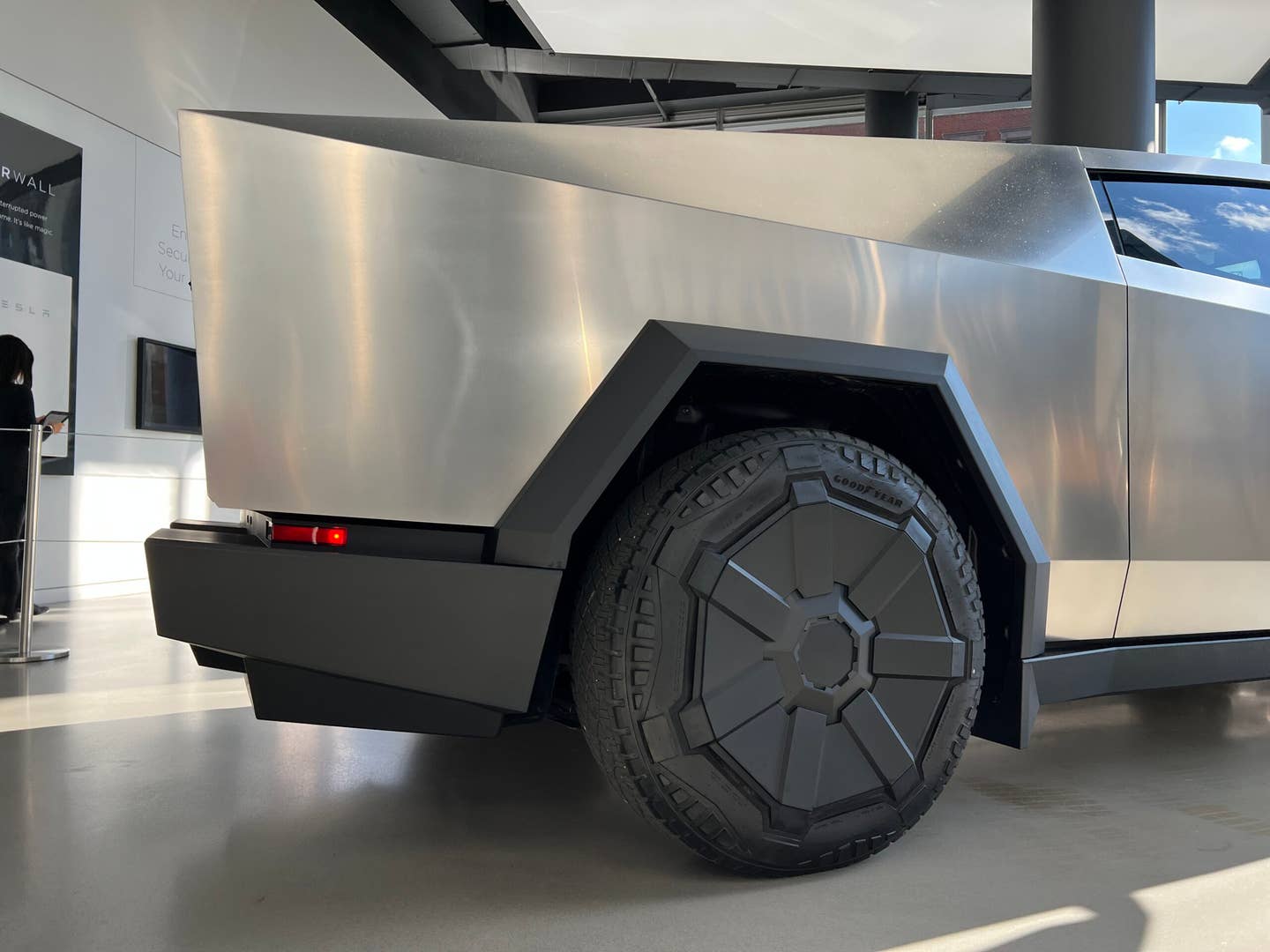
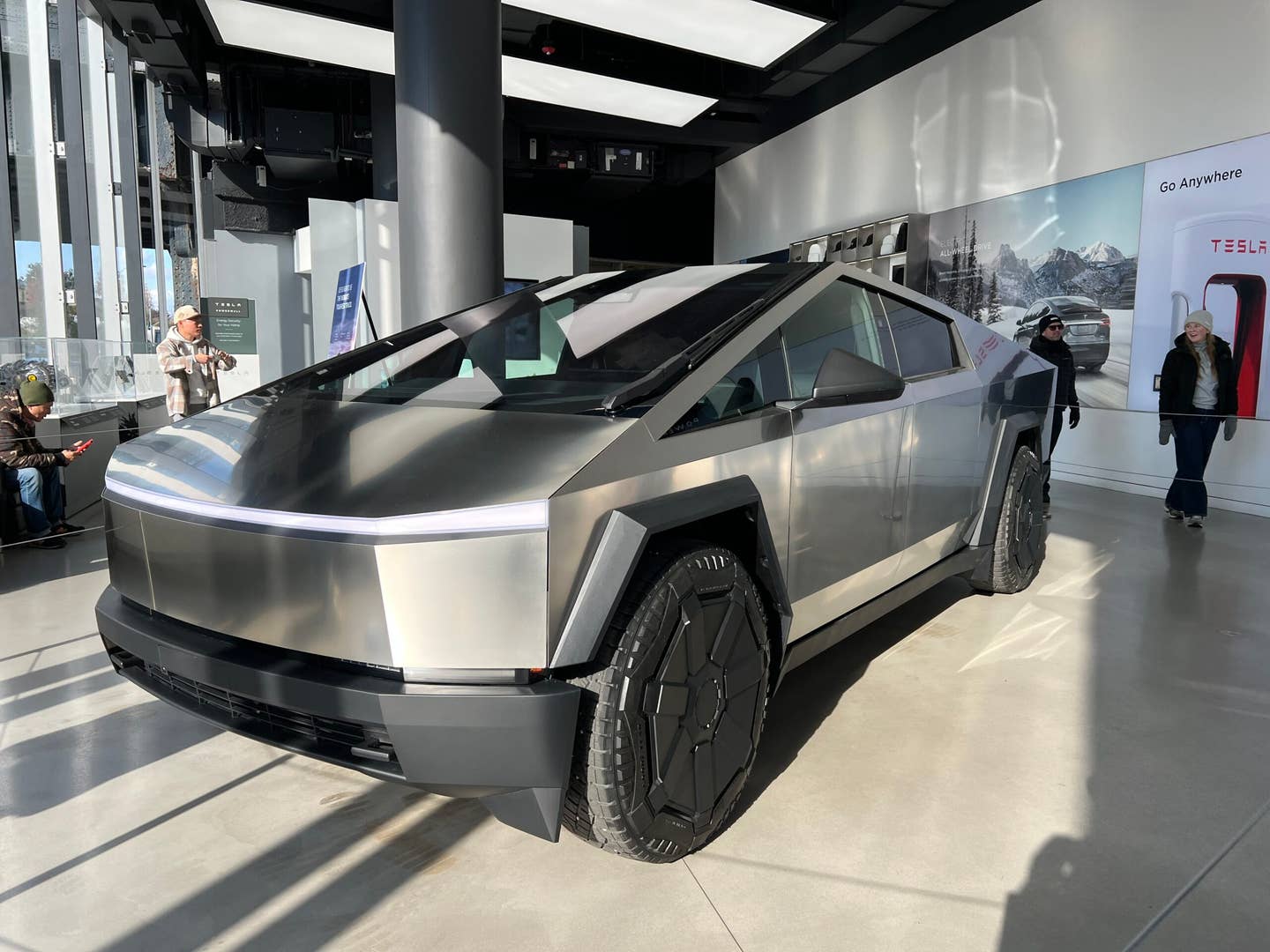

An employee at the Manhattan store mentioned that this was not the final production model of the truck but is visually “essentially the same” as what customers will receive on Thursday. The employee also highlighted an 11,000-pound towing capacity and a 2,500-pound maximum payload, which were also indicated on a sign within the store. Although the towing capacity is slightly below Tesla’s initial claim of 14,000 pounds for the Cybertruck, it still remains competitive against the Ford F-150 Lightning, Rivian R1T, and Silverado EV.
This marked my inaugural encounter with any Cybertruck in person, and I must admit, its outline is remarkable, particularly from the front perspectives. Recognizing the innovation, this truck stands out from all current offerings—or possibly anything in the future, showcasing its positive aspects. While the Cybertruck appears bold and futuristic from the front view, it seems unconventional and homemade when observed from the side and rear angles. One probable reason for this could be the absence of distinctive side accents. The large single windshield wiper appears somewhat comical, albeit possibly more refined than the Hummer EV’s triple-wiper system.
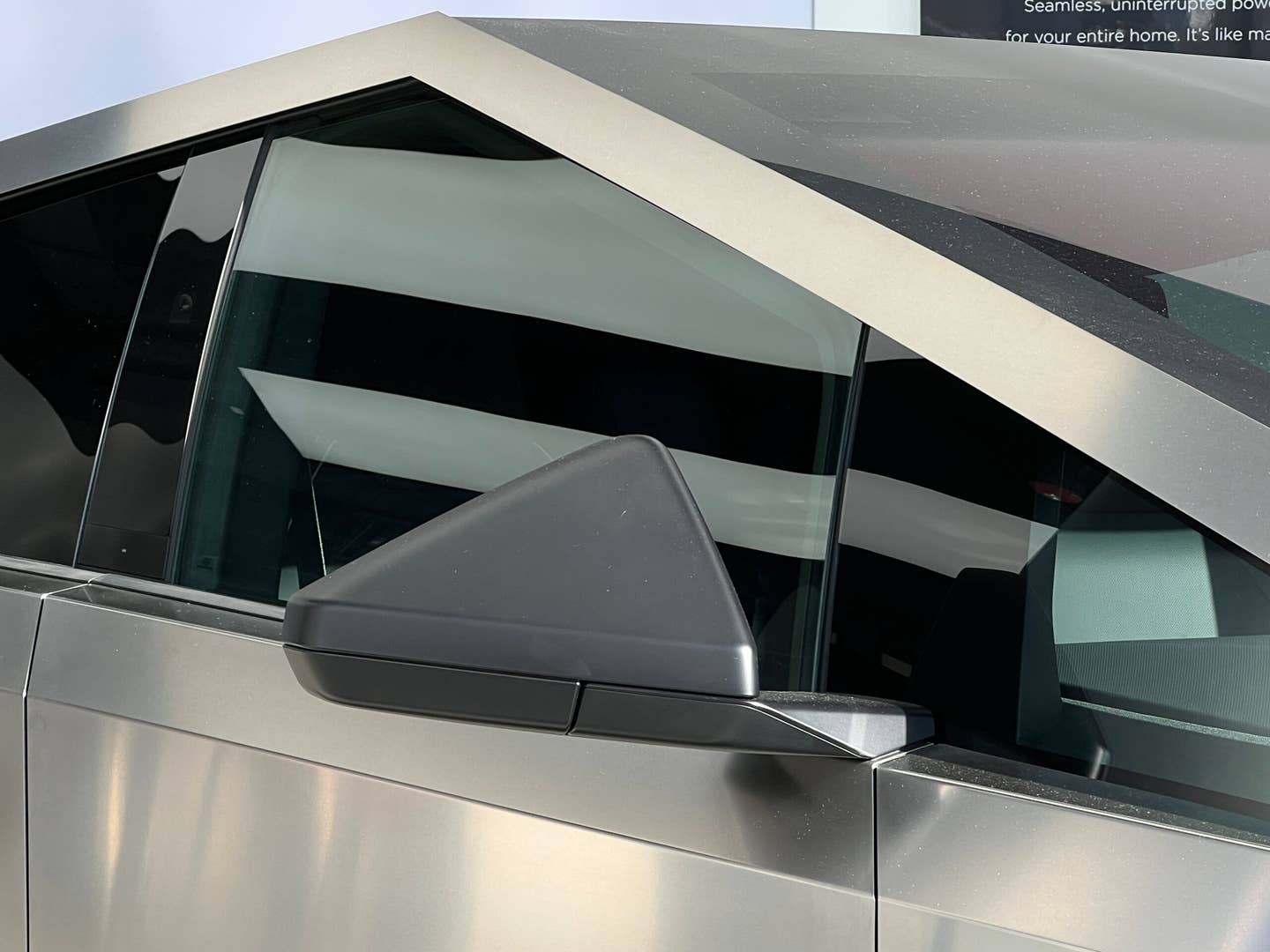

To achieve that distinctive aesthetic, Tesla had to make certain compromises. The blind spots in the A-pillars are extensive, and the single roof crease that shapes the truck like a wedge is likely to affect rear visibility and headroom. I have reservations about cameras resolving the visibility issues of the Cybertruck—remember when Elon predicted that cameras would replace LIDAR in autonomous cars and he was proven wrong? Call me traditional, but when maneuvering a vehicle of this magnitude, I prefer the perspective provided by my own eyes.
Regarding the interior, the Cybertruck’s unified front seats appear both comfortable and supportive, with ample width catering to various individuals, ranging from tall tech enthusiasts to rugged farmers. (Although the idea of farmers purchasing Cybertrucks might be a bit far-fetched.) Unfortunately, I was unable to explore further as Tesla staff were reportedly advised not to open the truck’s doors.
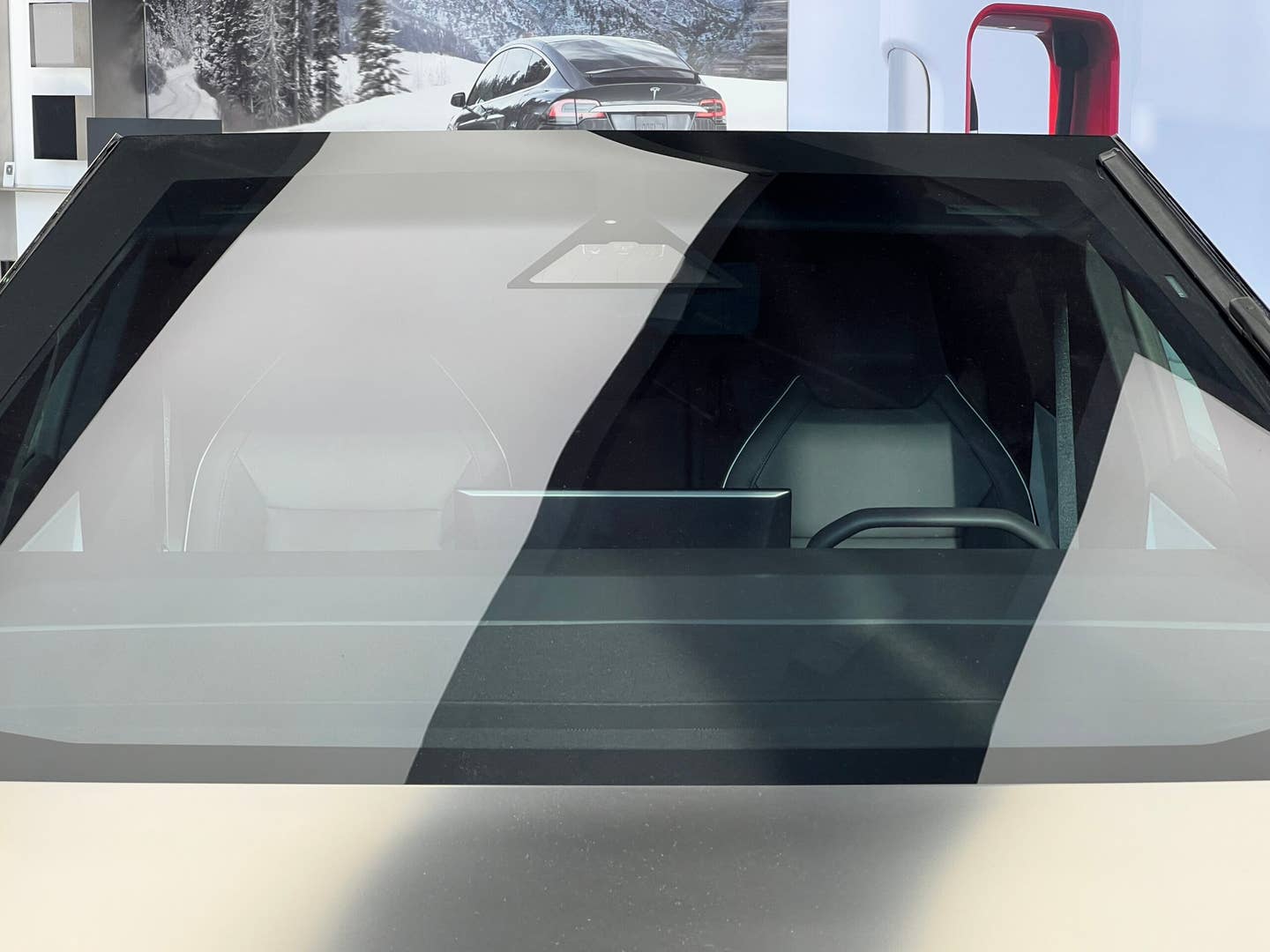
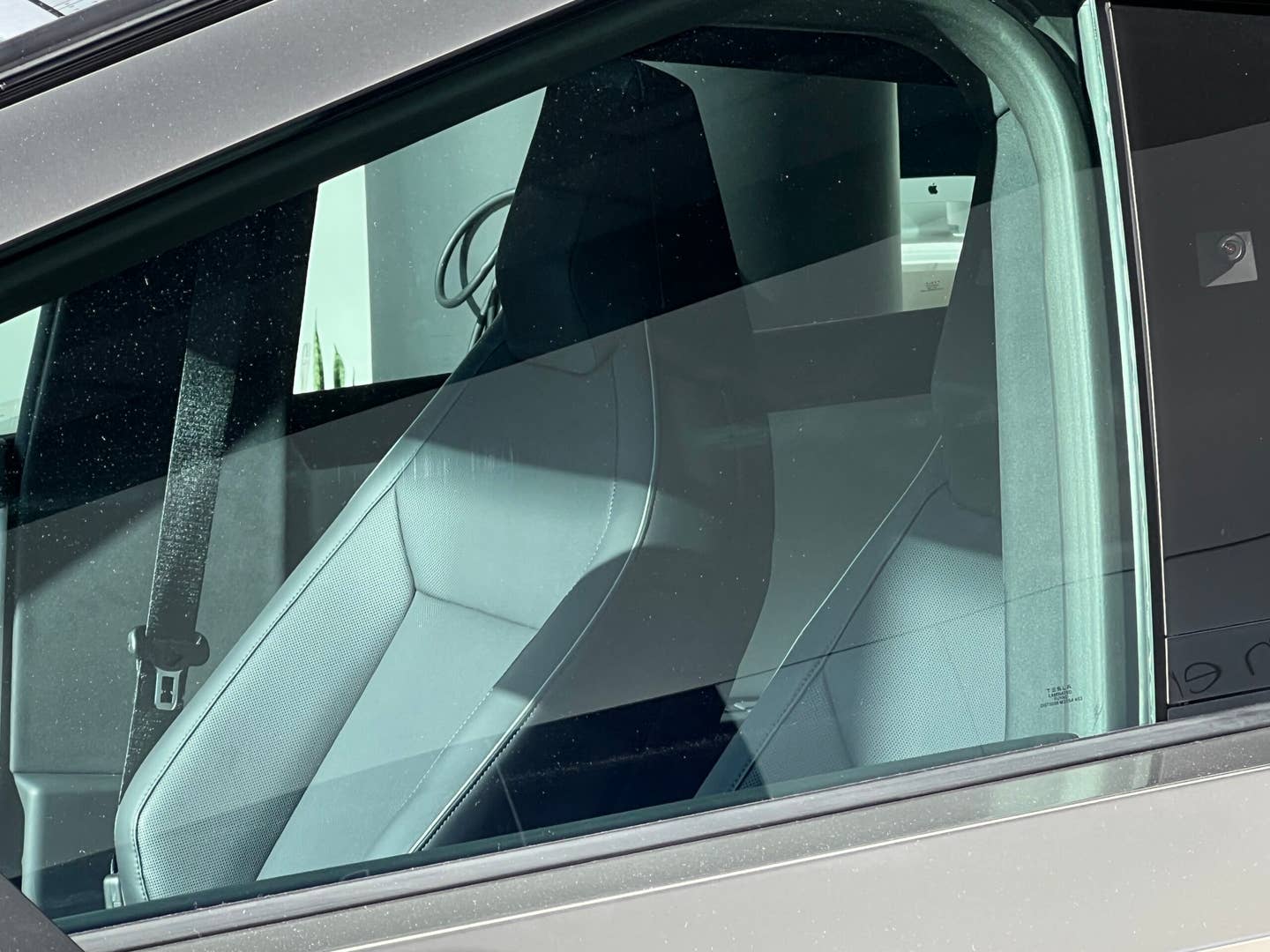
The pickup truck was cordoned off and its purportedly motorized tonneau cover was in position, preventing me from lowering the tailgate or closely examining the truck’s bed. Nevertheless, an irregular space was observed where the upper tailgate panel appeared crooked, causing an asymmetrical gap. By reviewing the two images, it is evident that there is a relatively standard distance between the left bed surround panel and the illuminated central panel of the upper tailgate. Conversely, on the right side, the gap is notably wider and appears uneven, with the top section closer than the bottom part. As previously discussed, these three panels compose the rear light array of the Cybertruck, making any misalignments more conspicuous when the vehicle is in use.
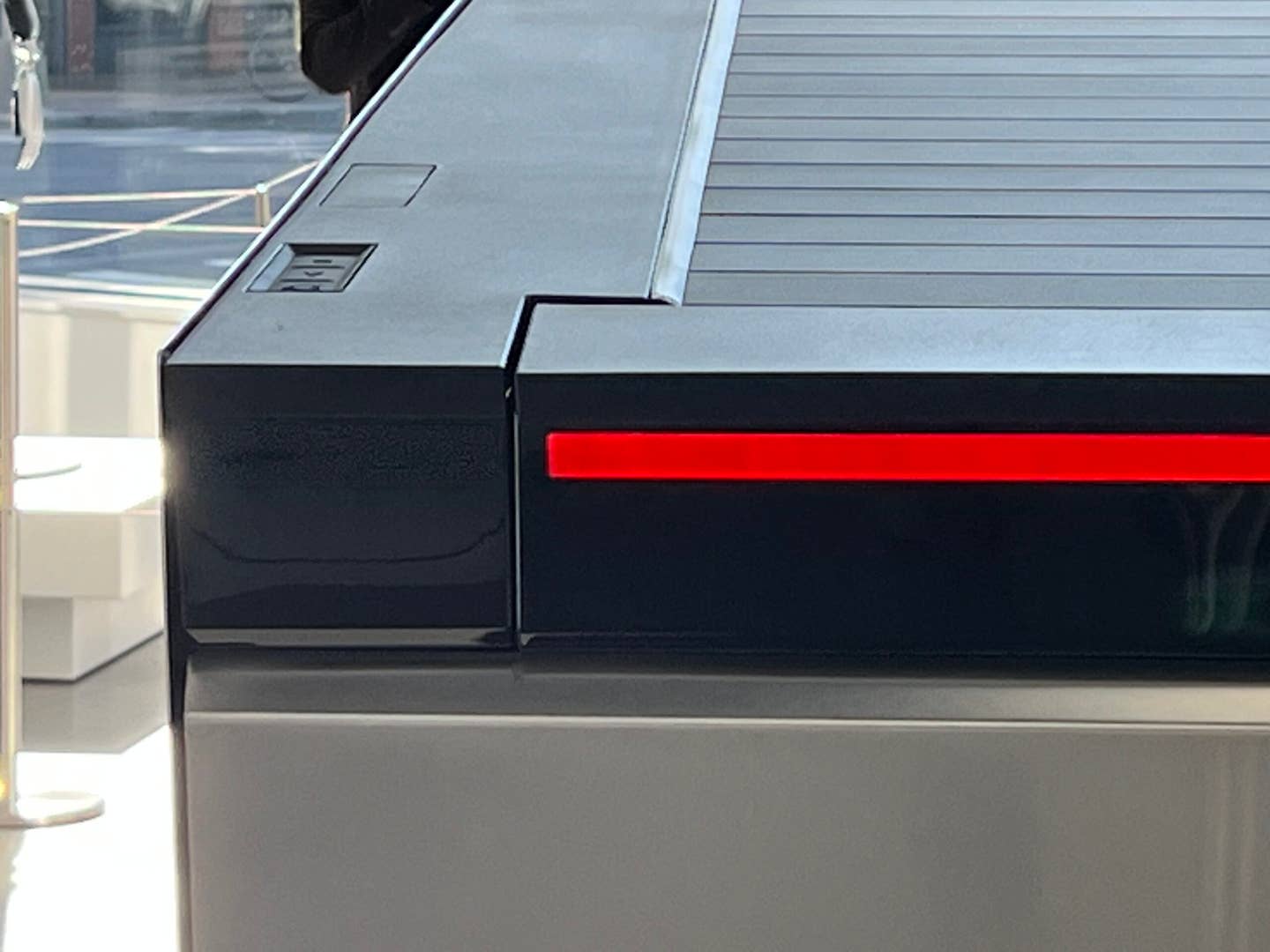
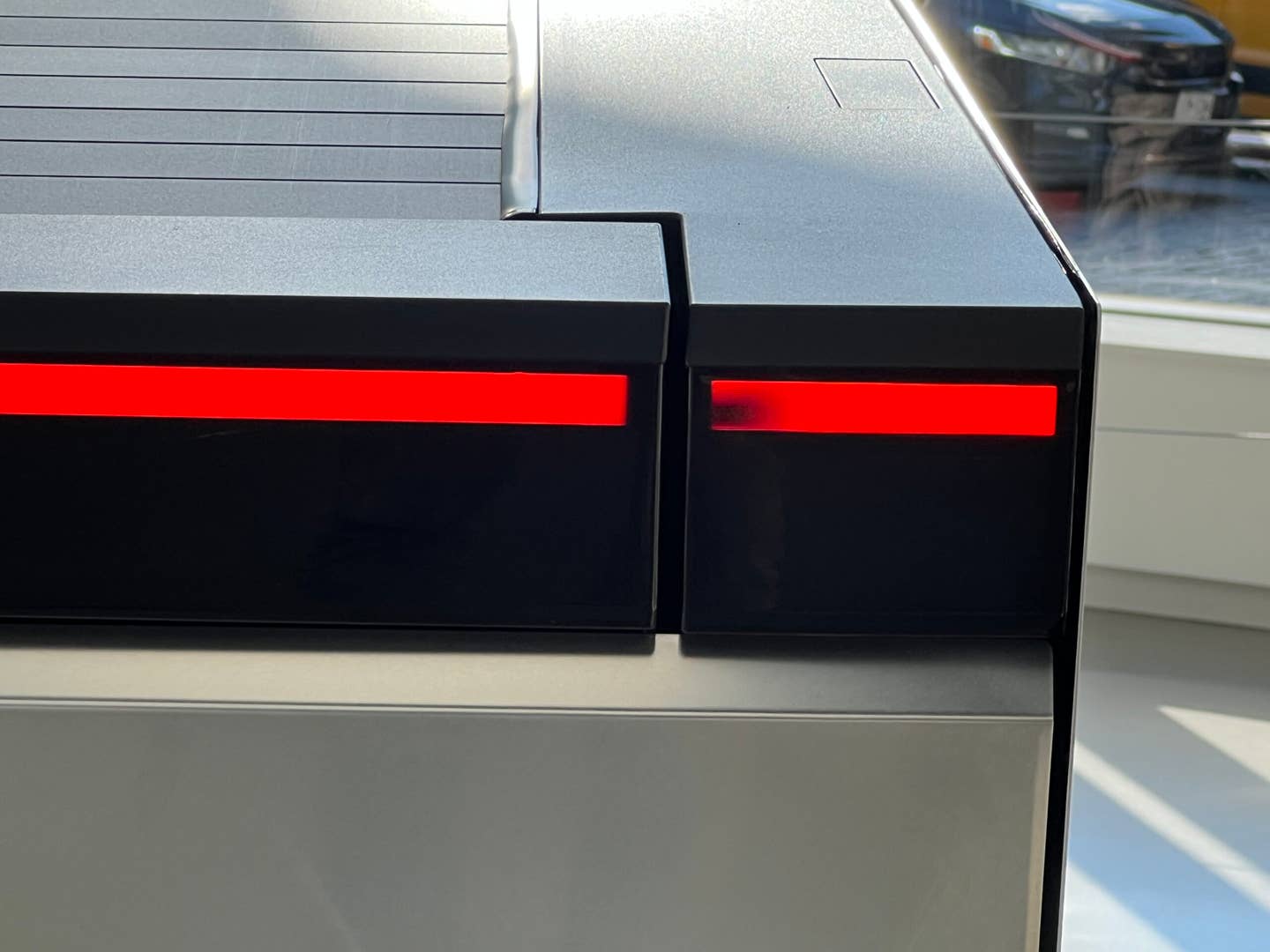
Regarding the craftsmanship, I did not observe the same severe gaps in the A-pillar that Daniel Golson reported earlier this month on a matte black Cybertruck prototype chauffeured by Tesla’s design executive, Franz von Holzhausen, to an automotive gathering. Beyond the tailgate, the overall fit and finish of the truck seemed acceptable, except for one aspect: the matte black plastic material utilized to cover the wheel arches and side skirts of the truck appeared wrinkled and marked in several locations.
Specifically, on the left rear wheel arch trim, it seemed to be peeling off. It is conceivable that this harm occurred during transport. The long-term durability of the trim remains speculative, but witnessing its deterioration on the display vehicle Tesla chose to exhibit at one of its flagship stores as deliveries allegedly commence is not promising.
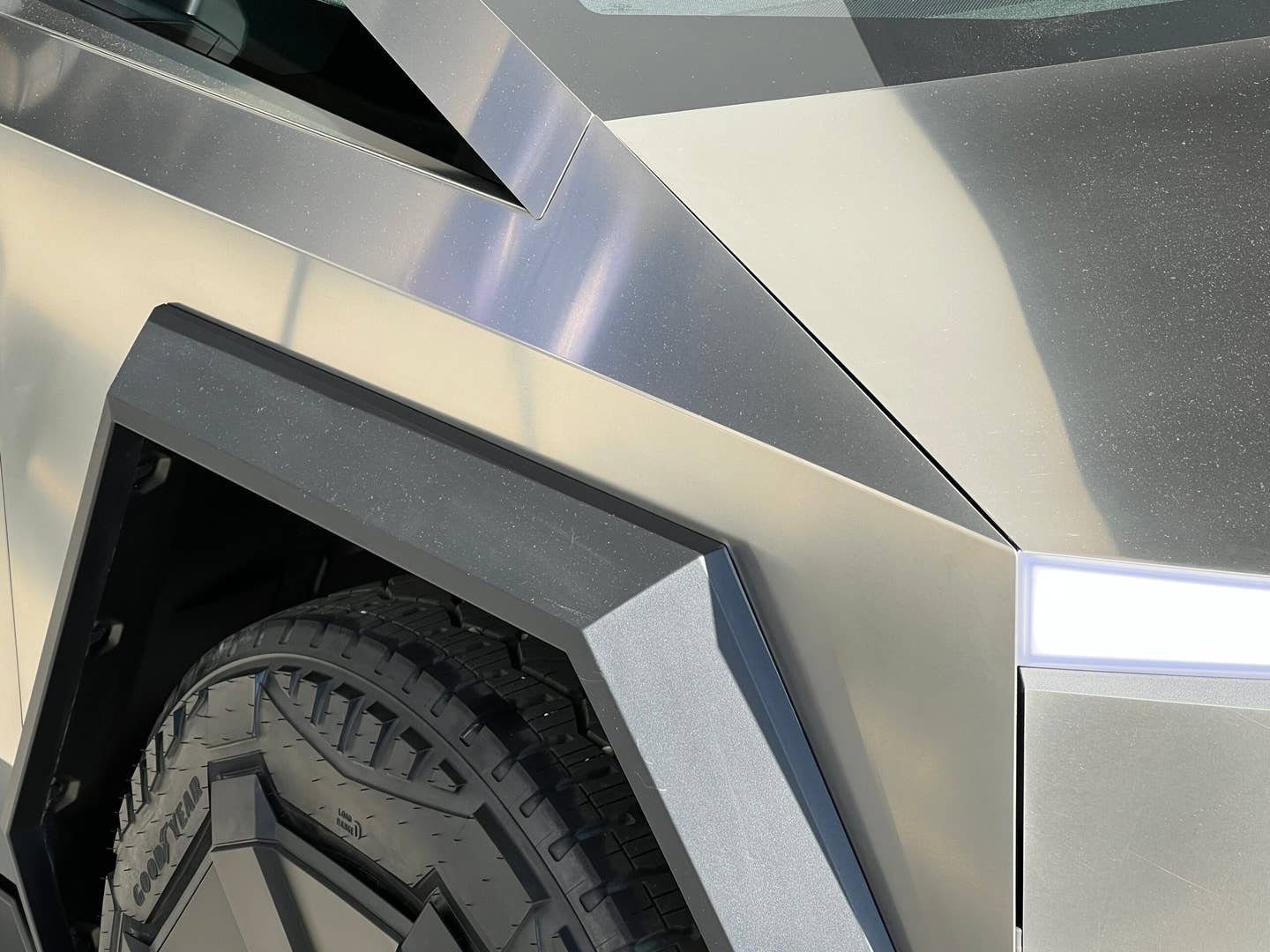
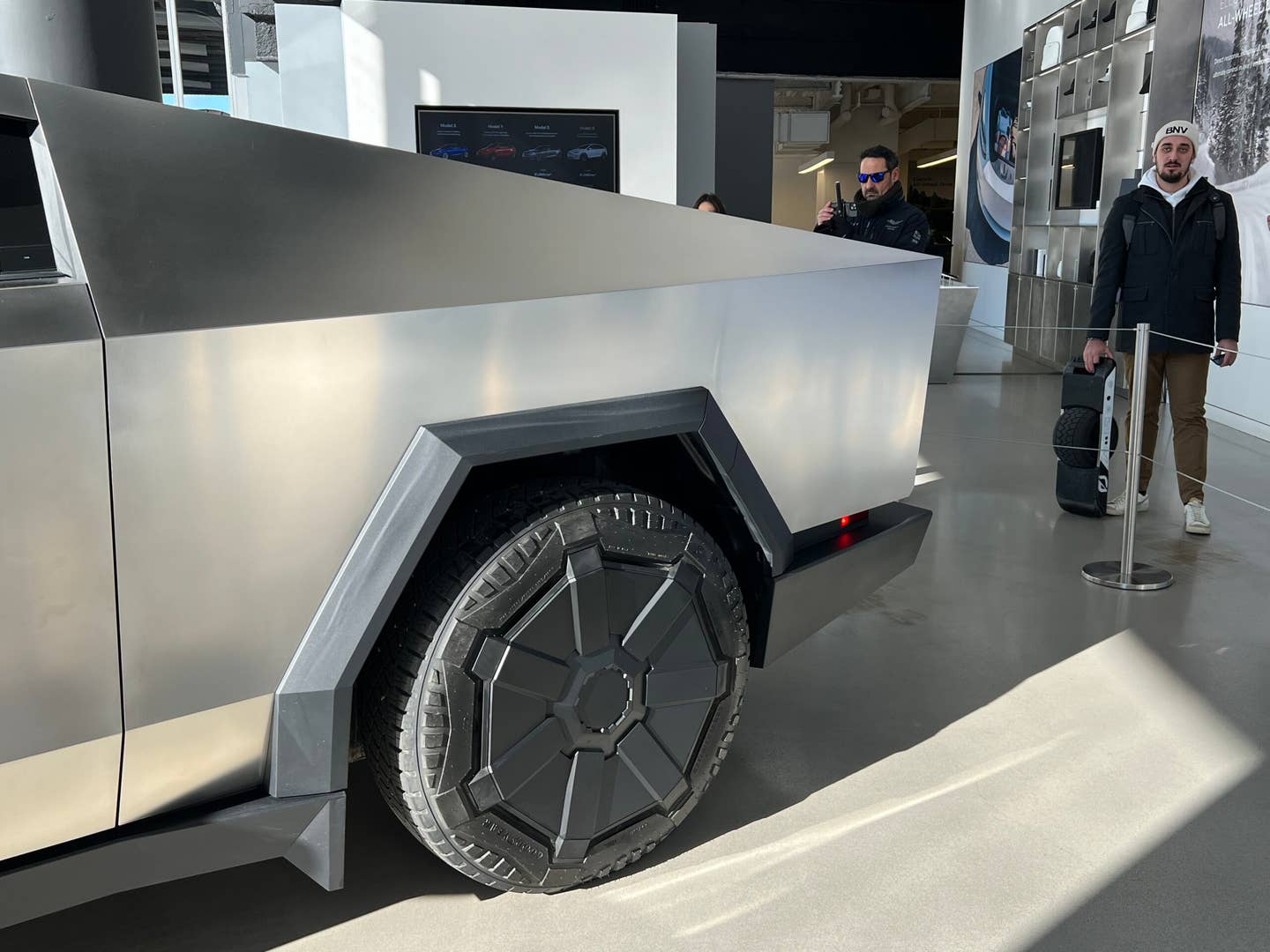
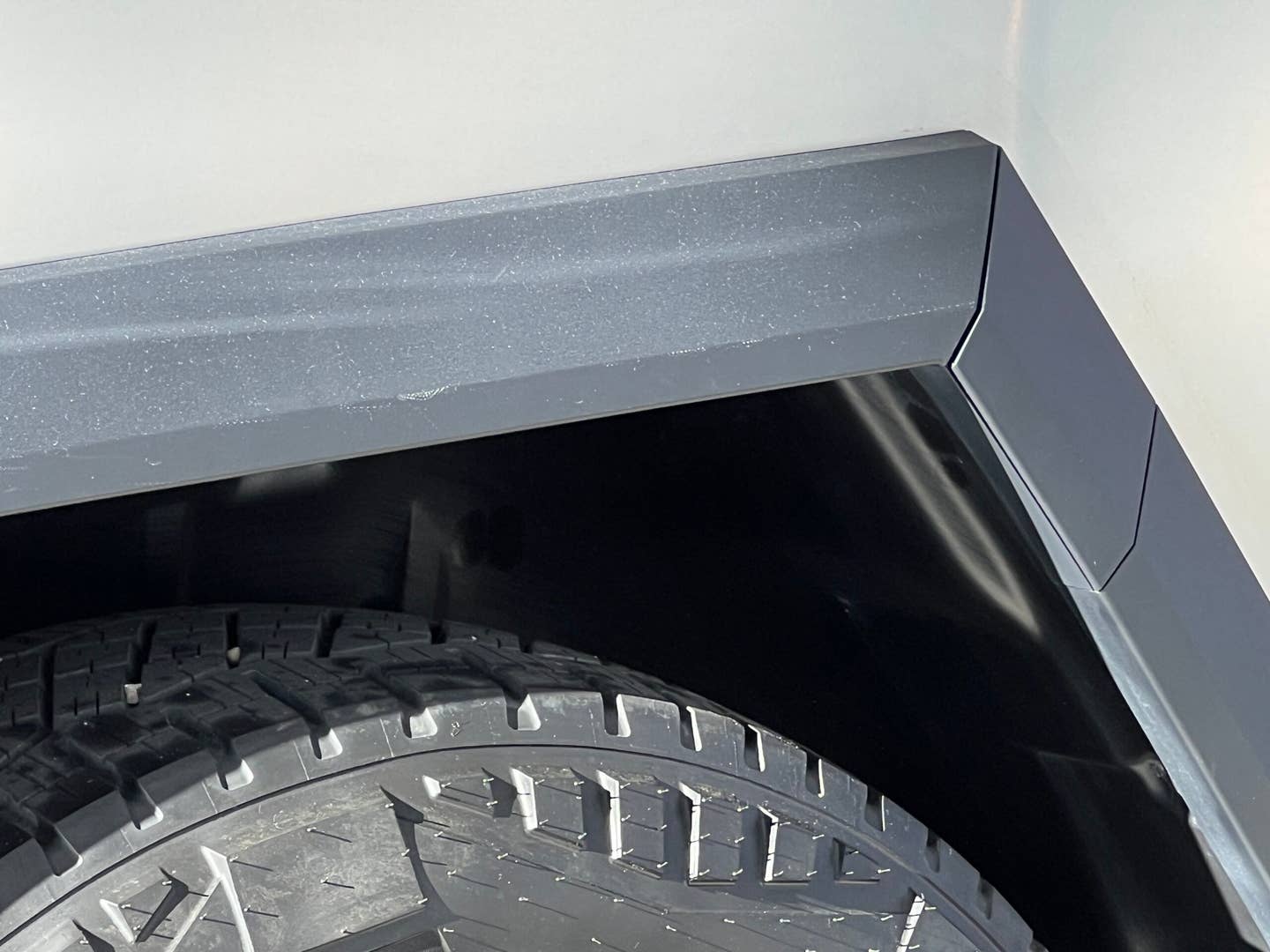
I am not here to ridicule or endorse the Cybertruck, regardless of personal opinions or environmental realities regarding large electric pickups. Tesla stands as the most valuable carmaker globally, with this being its initial completely new model in almost four years. It merits commendation for kickstarting the electric vehicle movement while also being answerable when its offerings disregard road safety regulations or lag behind.
Tesla owners are renowned for tolerating imperfections and quality hitches that most individuals would reject—and the Cybertruck is expected to follow the same pattern. Whether its design is appealing is subjective. Nonetheless, the enthusiasm in the showroom, even during a midweek morning, was tangible. Not a single urban dweller present mentioned towing capacities, and it is doubtful that any are concerned about its perceived lack of off-road capabilities compared to the Lightning.
Despite being tardy to the market, constantly failing to fulfill promises since its inception, the Cybertruck’s distinctive appearance has drawn interest. In a world of uniform shapes, this distinctiveness holds significance.
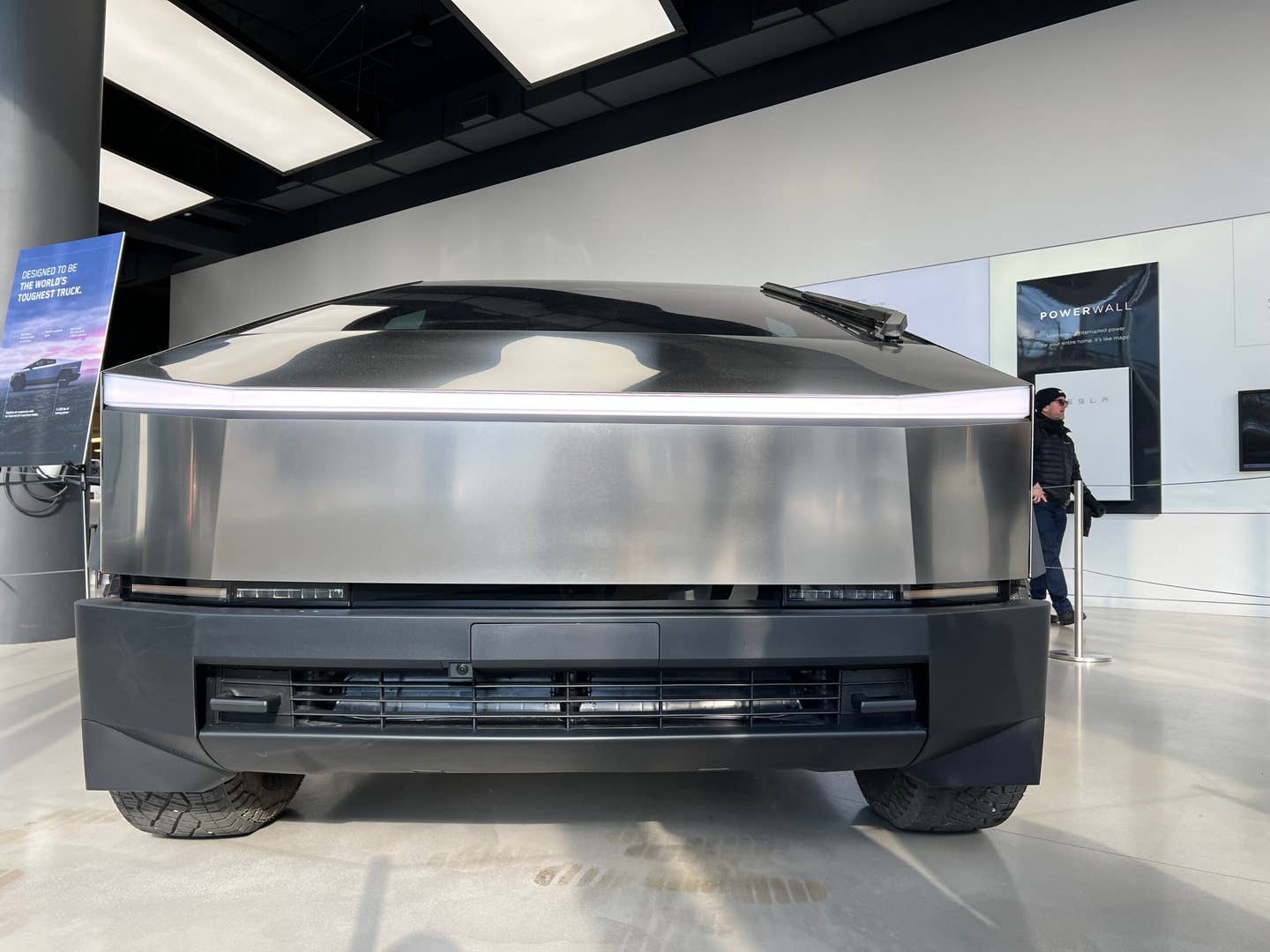
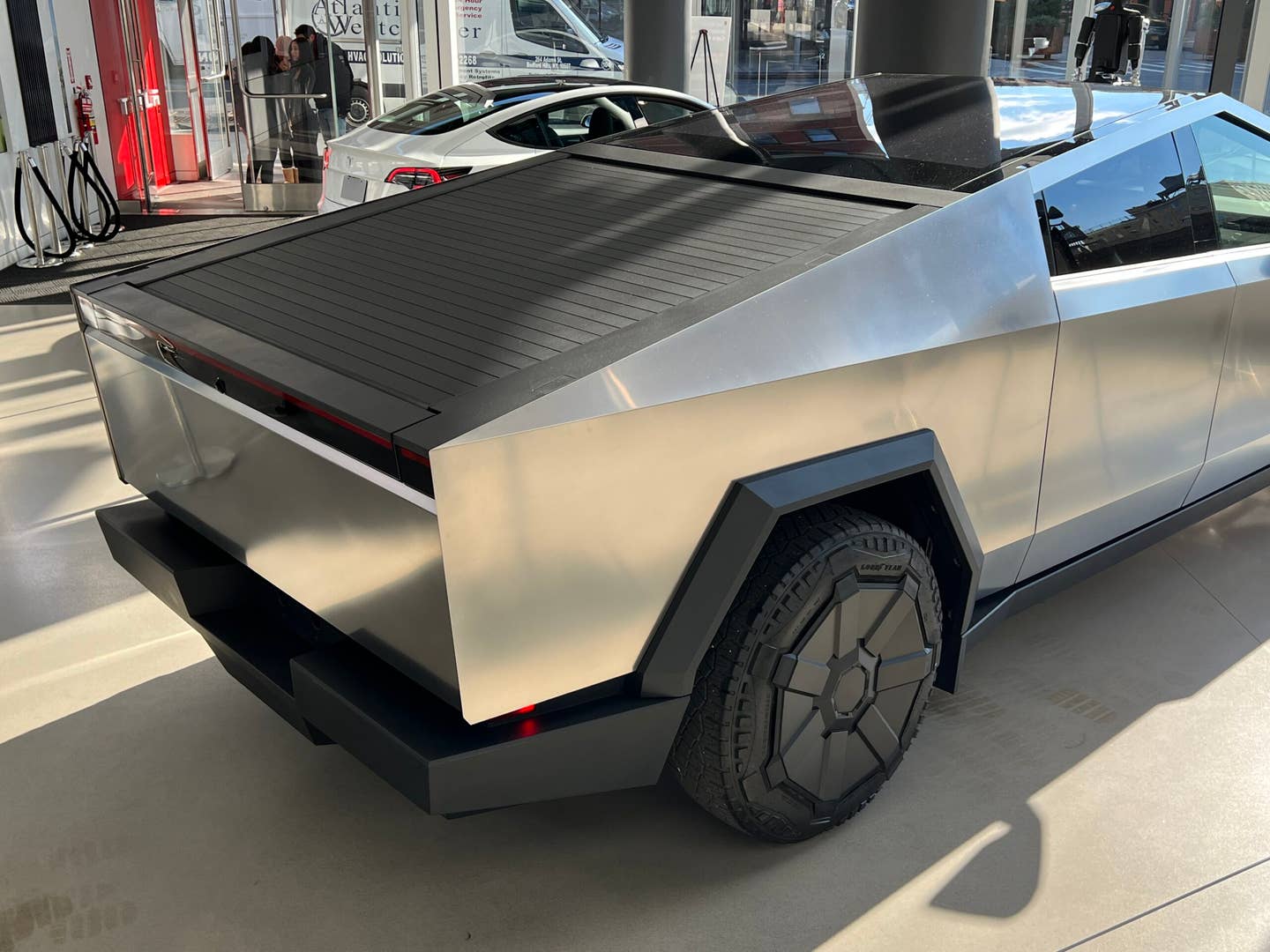
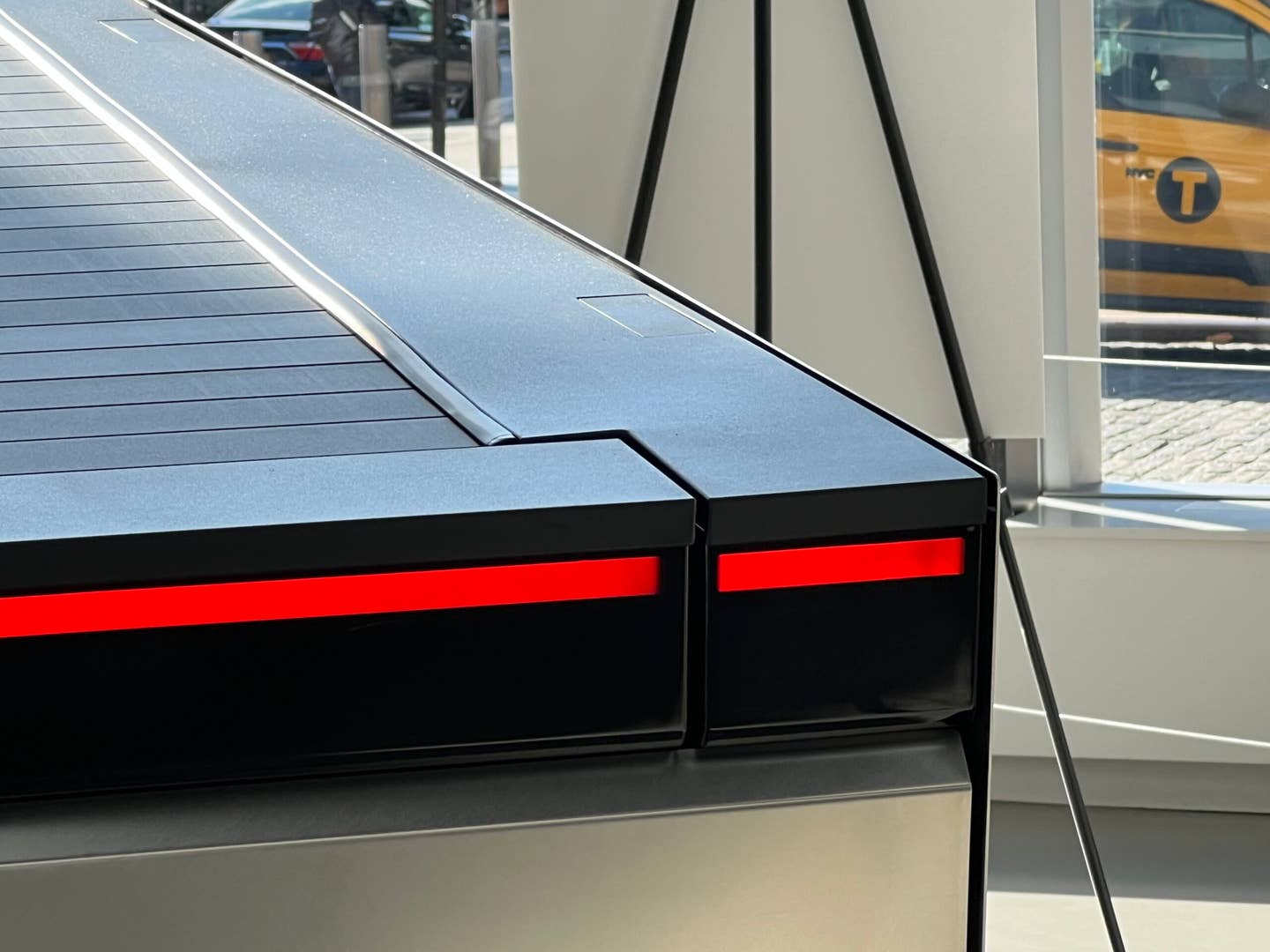
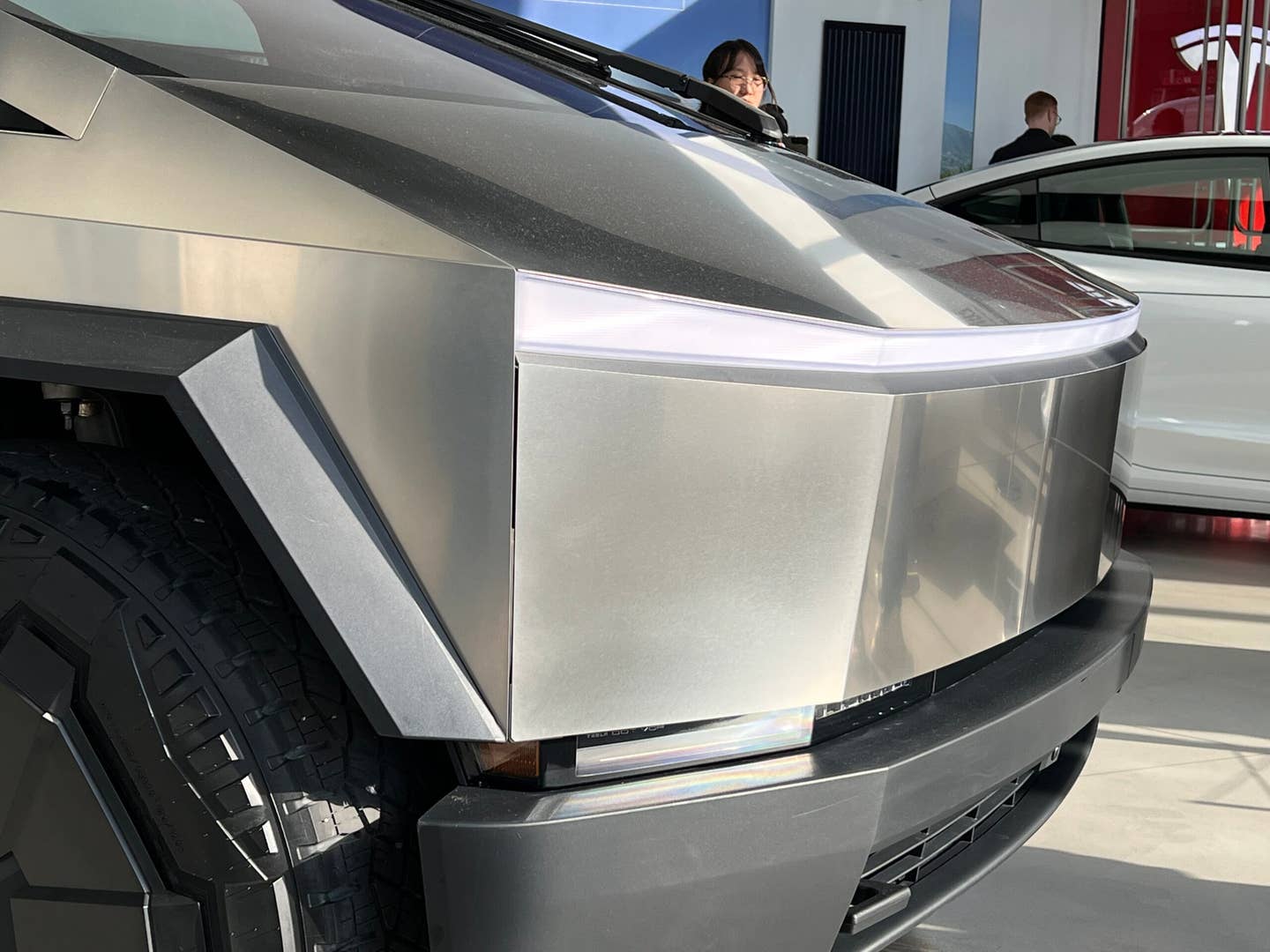
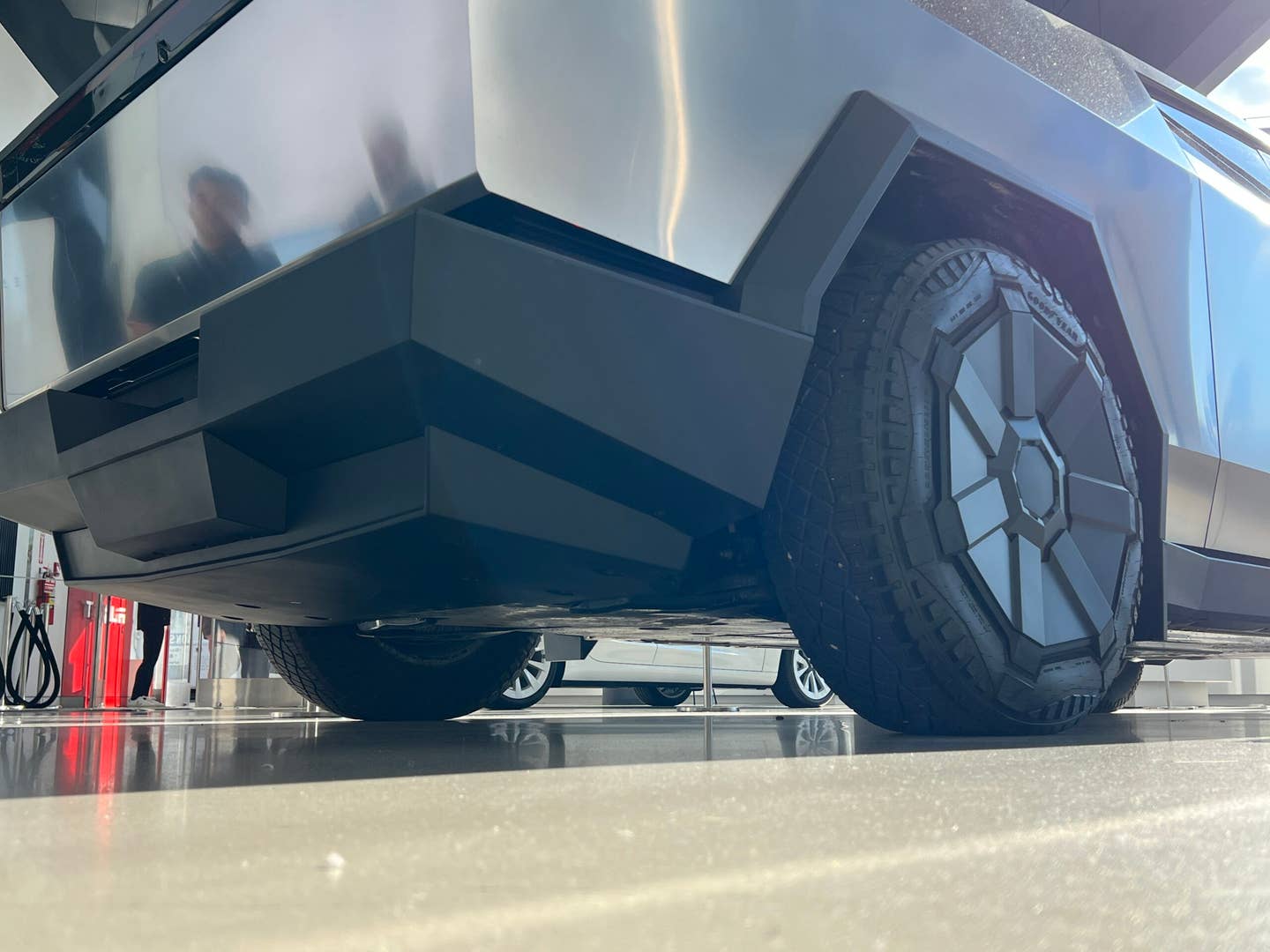
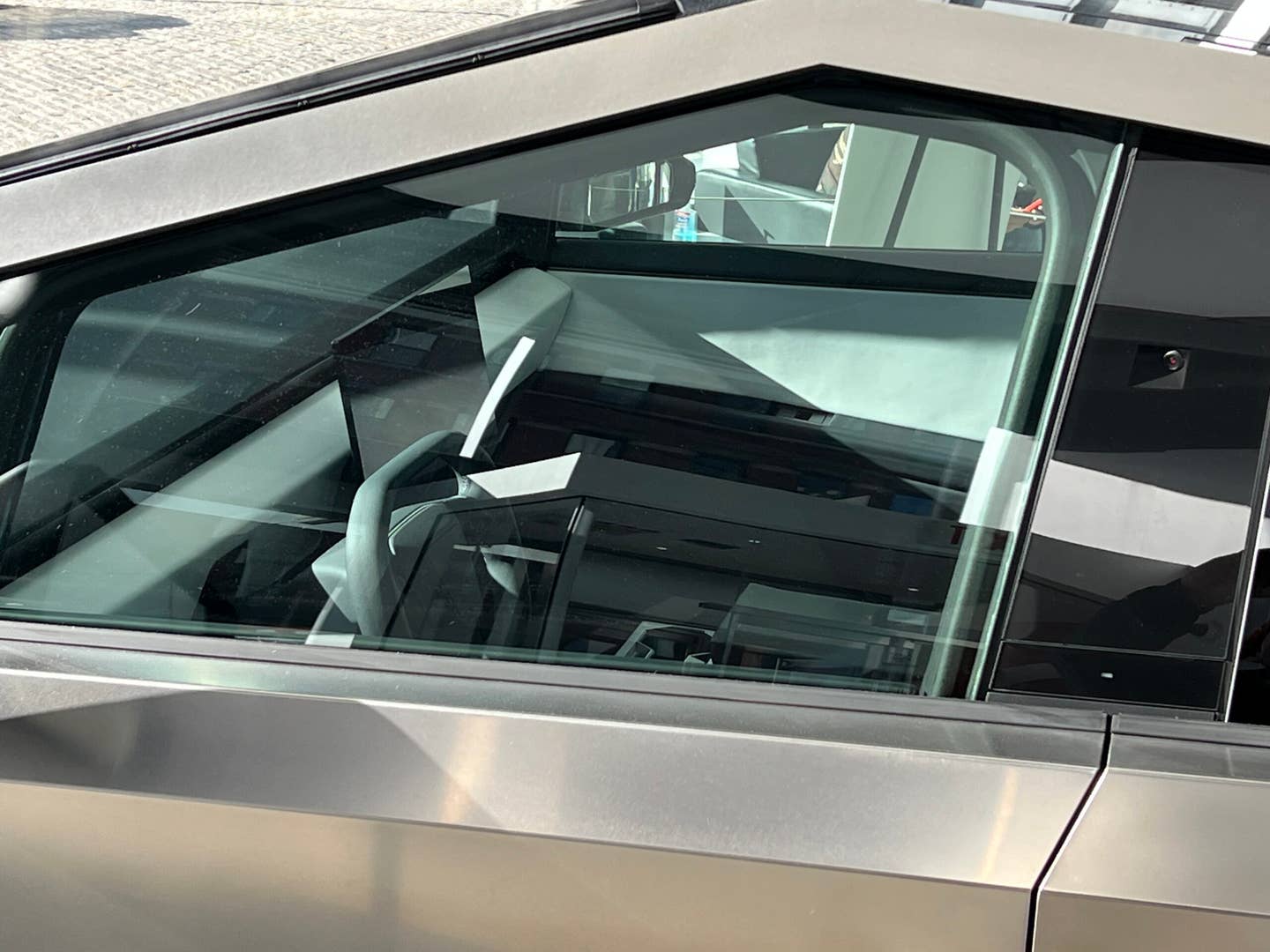
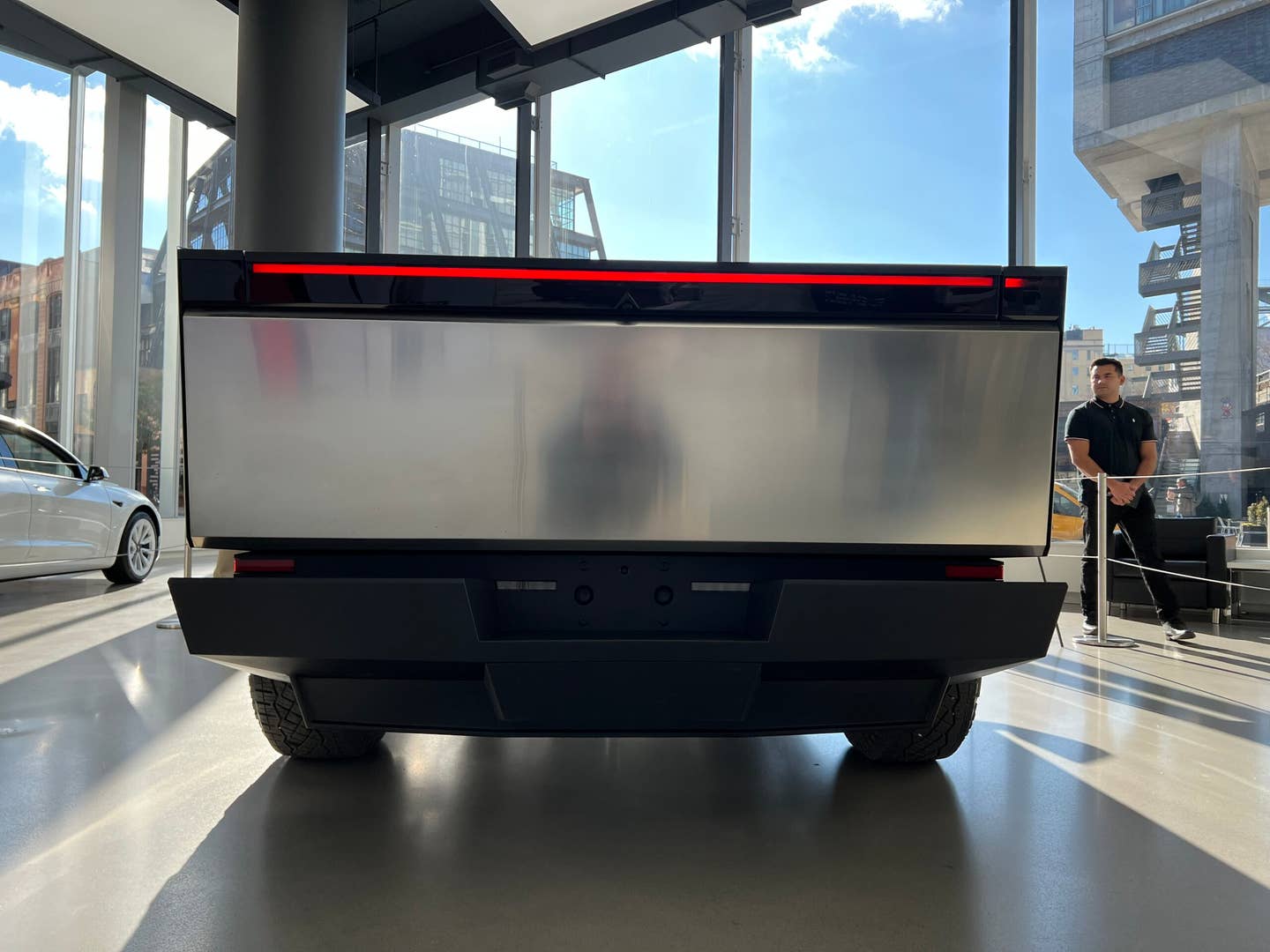
Got a hint? Email suggestions@thedrive.com
[ad_2]
